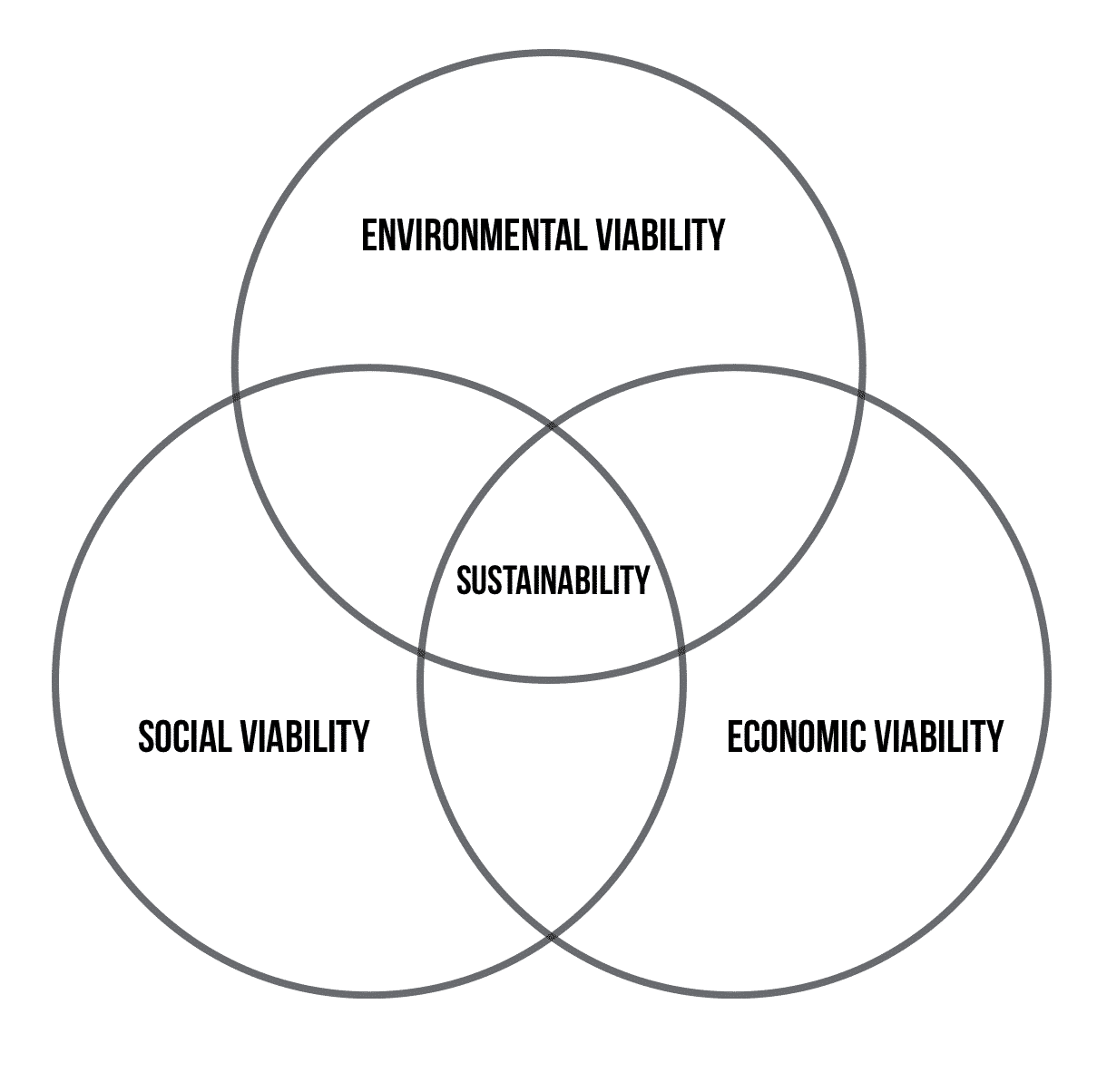Anti-Meat Narrative is going to get us all killed.

It has long been suggested that to save the world from climate change, famine, and global destruction, that the world over must reduce its meat consumption and instead adopt a Vegan diet, favoring the use of cereal crops for calories and protein.
Although anti-meat Veganism represents a better alternative to Industrial Animal Production Model regarding sustainability, the suggestion to reduce meat consumption in favor of cereal crops isn’t the best long-term solution for the environment, and may only prove to delay impending environmental crises.
Because of this, alternative methods which focus on ecological restoration—as opposed to short-sighted conservation— must be considered when other modalities offer viable possibilities of superior long-term results. Unfortunately, when taking Ecological History, Critical Assessment, and Critical Comparison, and the concept of survivability into account, it becomes clear that the “anti-meat” rhetoric has missed the mark. Consider the following:
Ecological History
• 15 thousand years ago, the mass of animals living in the Americas rivaled that of the African Savannas. Before those animals went extinct, and before the introduction of humans to the continent; the land, the soils, the animals, and the ecosystems were functioning relatively productively.
Then, humans crossed the Bering Strait into the Americas and populated it. This event coincided with a decrease of total animal land mass from extinction and ecosystemic implosion, likely related to climate change and a warming period, over-hunting, selectively killing apex predators and disrupting the ecological balance, or perhaps all of the above. What is of greatest note here is that global warming coincided with a decrease in animal land mass.
• The Neolithic Revolution or Agricultural Revolution refers to the transition of populations of hunters and gatherers into peoples of agriculture and settlement, allowing for increased socialization, cultural and technological development, and increasingly larger populations.
Technological advances of writing, development of glass, pottery, and the use of irrigation also occurred during this time. The transitions to agricultural systems first occurred from 10,000 to 8,000 BC and began independently in at least 11 separate regions of the world.
It was not until around 9400 BC when the first crops started to be grown and harvested on a significant scale. However remarkable the human advances were, they were not without consequence.
The transitions were directly correlated with soil erosion, soil infertility, and subsequent famine due to deforestation, and new agricultural practices. Agriculture is an ancient problem that had been the ruin of many historical civilizations, including the Greeks, the Romans, and the Mayans.
Critical Assessment:

Industrial Feedlot Production Model:
• Destroys topsoil with reliance on monoculture grain agriculture.
• Involves a destructively large output of gasses, but does not sequester carbon.
• Cannot exist in a closed-loop nutrient cycle.
• Reduces biodiversity.
• Inhibits the expression of natural behaviors and provides unnatural feedstuffs.
• Employs the use of sub-therapeutic antibiotics.
• Promotes “super-bugs” resistant to antibiotics.
• Animal effluent pollutes water and land, responsible for algal blooms and the Dead Zone.
• Nets a negative impact on the environment, farmworkers, surrounding communities.
• Fosters Centralized Food Systems and a decrease in localized spending.
• Increases local taxes to pay for privately-caused road damage, environmental damage.
• Respiratory problems linked to living within 2 miles of an industrialized feedlot.
• Disproportionately low wages paid to workers.

Industrial Grain-Based Model:
• Accelerates land degradation and topsoil loss via mechanized tilling methods.
• Promotes run-off of nutrients and reduces organic material.
• Destroys root structures that are necessary for anchoring soils, and reducing soil erosion.
• Promotes non-native plants and destroys native habitats.
• Often utilizes slash-and-burn methods to increase soil fertility, disrupting microbial activity.
• Damages mycorrhizae with fungicides, reducing nutrient capacity and water absorption.
• Relies heavily on chemical inputs, such as fertilizers and pesticides.
• Significantly Reduces biodiversity, often by over 90%.
• Are unable to exist productively without outsourced, augmented nutrients.
• Fosters pesticide resistance.
• Often utilizes irrigation methods associated with reduced water tables.
• Requires significant expenditures of fossil energy for pumping and delivering water to crops.
• Promotes run-off, which carries soils, nutrients, and agricultural chemicals into groundwater.
• Is the leading cause of non-point source pollution in the United States.
• Causes accelerations in topsoil loss, which often result in desertification over time.
• Mechanized harvesting of crops in a monoculture kills hundreds of rodents per hectare a year.
• Grain storage facilities often utilize poisons to kill rodents.
• Centralized ownership of grain production reduces the benefit to local economies.

Holistically Managed Animal Production Model:
• Mitigates land degradation reverses denudation, and prevents overgrazing
• Increases organic material in topsoil, does not rely on grain agriculture.
• Can increase topsoil up to 3cm per year via microbial activity, decomposing plant material, and periodic disturbances.
• Most effective, and sustainable carbon sequestration model to date.
• Allows plants to run the carbon cycle effectively.
• Promotes closed-loop nutrient cycling.
• Encourages biodiversity.
• Promotes natural behaviors and diet.
• Grazing occurs on primarily native ecosystems.
• Animals break soil caps to promote seed-to-soil contact and water infiltration
• Animal waste fertilizes the soils and supports increased organic material
• Fosters water retention in soils via stabilized root systems reverses desertification and reduces micro-climate fluctuations
• Agricultural Studies suggest this method nets a positive environmental impact
• Encourages Decentralized Food Systems and local spending behavior.
• Disproportionately boosts the local economy via local spending relative to other agricultural models.
• Is widely considered an anti-fragile agricultural system.
Critical Comparison:

The chart above indicates whether specific factors have increased, remained the same, or decreased over the past 10 years, reflected by ‘+’, ‘=‘, or ‘–‘ with values of 10, 5, and -5 respectively. This portion of the Scoring Method of Sustainability is relatively similar to other sustainability diagrams, accounting only for Economic, Social, and Environmental Viability.

However, as Climate change is likely to cause increasingly extreme weather patterns making catastrophic weather more common, a more comprehensive examination of sustainability which includes survivability should be considered universally. In this portion of the Scoring Method of Sustainability pictured above, future projections are taken into account. Using this method of comparing the Grain-based Monoculture System to the Feedlot Animal System, it is apparent that the Grain-based system is better, but will likely deteriorate in total sustainability score over time based on current weather projections. On the other hand, the Holistically Managed Animal Model represents a more economically, socially, and environmentally sustainable model, and is likely to either stay the same or improve during hardship. These are signs of a resilient, sustainable, survivable, and even antifragile agricultural model.
For this reason, I propose that the current Venn Diagram paradigm of agriculture that only takes environmental economic, and social viability into account be reconsidered. Because sustainable agriculture necessitates futures predictions, I propose that another Venn Diagram that includes the fourth quadrant— survivability— be used instead during assessments of agricultural models. Using predictive modeling and accounting for survivability will offer a more robust framework to compare different agricultural models objectively.
The current model of agricultural sustainability:
The Proposed model of agricultural sustainability:
Discussion:
• Given the pressing environmental concerns involved with the Feedlot Animal Production Model, it is understandable that environmentalists and policymakers would have suggested a wholesale decrease in meat consumption as a means to bring an end to this particular agricultural model. Unfortunately, the current proposal to rely more on the Grain-Based Monocultural is not an environmentally sustainable proposition, It is merely a band-aid to cover a gaping wound and is not a suitable long-term option.
• The UN has also proposed that an increase in grain agriculture is necessary to feed the exponential growth of the world’s population adequately. However, to further rely on this agricultural model would also require that arable land is more intensely farmed, increasing the use of fertilizers, herbicides, pesticides, irrigation, and utilization of mechanized seeding and harvesting methods which pose serious, universally recognized threats to environmental health. Moreover, while grain agriculture may efficiently produce calories, it destroys the very thing that it relies on to survive: healthy soil. Soil which we are already losing at an ever-increasing rate.
• Challenges to the adoption of the Holistically Managed Animal Model and similar models include unfair competition from Feedlot Animal Production companies who produce artificially cheap meat. Reducing or eliminating subsidies for grain production alone would result in reducing the reliance on both the Feedlot Animal Production Model and Grain-Based Monocultural Model as well. Consumer awareness and steady increases in demand for pasture-raised, grass-fed animal products offer an economic incentive for Feedlot Animal Production Model producers to adopt more environmentally beneficial agricultural models.
• Holistic Management Animal Production and similar animal-production modalities will undoubtedly come with significant infrastructural challenges in the future, but they represent a much-needed, historically sound, viable alternative to feeding the world’s population without polluting the land and the water, or inflicting further damages to soil profiles, biodiversity, and other facets of the ecosystem.
• While future technological advances may offer viable alternative methods of promoting carbon sequestration, soil restoration, soil fertility, ecological biodiversity, and other environmental benefits— the Holistically Managed Animal Production Model currently offers the best solution available without the need for further research and development.
The ‘anti-meat’ to ‘pro-meat’ Conclusion
To promote a Holistically Managed Animal Production Model, and other viable animal-based models will require an extraordinary shift in the anti-meat narrative and paradigm, as well as changes in policy and current academic curricula.
As conservationists and policymakers once dutifully decried the consumption of meat for the benefit of the world, it would be morally obligatory to change the narrative to highlight and promote the consumption of animal-based products from eco-restorative models which engender long-term environmental benefit. In other words, if the anti-meat narrative continues, it obfuscates the restorative potential of effective animal-based models.
Because Ecological History, Critical Assessment, Critical Comparisons, and Survivability are crucial for making environmental conclusions reflected in national and international policy, it is inconceivable that alternative methods of food production have not been widely considered, or comparatively assessed in a standardized scoring system. To only examine and compare the Feedlot Animal Models vs. Grain-Based Agricultural Models is not just a false dichotomy, it’s also irresponsible and dangerous.
The outcome has been the wholesale propagation of misinformation, oversimplification of animals’ role in the environment, and outright dismissal of alternative propositions for ecorestoration involving animal agriculture— diminishing the opportunity and resource focus to make animals an ally in the fight against global warming, processes of desertification, and global famine.
It behooves us to reconsider the current anti-meat rhetoric. It behooves us to look for viable options that offer long-term solutions that do the least damage and offer the most benefits, instead of focusing on short-term options. It behooves us to make adjustments to current ideologies when warranted, and to make standardized, critical comparisons when alternative agricultural methods are proposed.
There are many other animal-based modalities, such as the eco-restorative concept of Rewilding. Rewilding endeavors to restore ecosystems using proxies for extant species, but will call for a complete redefinition of what is considered to be a “native species”.
And although that may prove quite controversial, when considering its Ecological History, Critical Assessment, Critical Comparison, and Survivability—it offers one of the most optimistic ecological solutions available. In my estimation, a combination of Rewilding and Holistic Management may hold even more promise than the current Holistic Management model devised by Allan Savory.
In short, to make environmental decisions as we have endeavored to do, we must look for long-term solutions, we must make standardized assessments of viability that recognize the past and account for the future, and we must change the narrative on meat consumption if we want to change the world.


